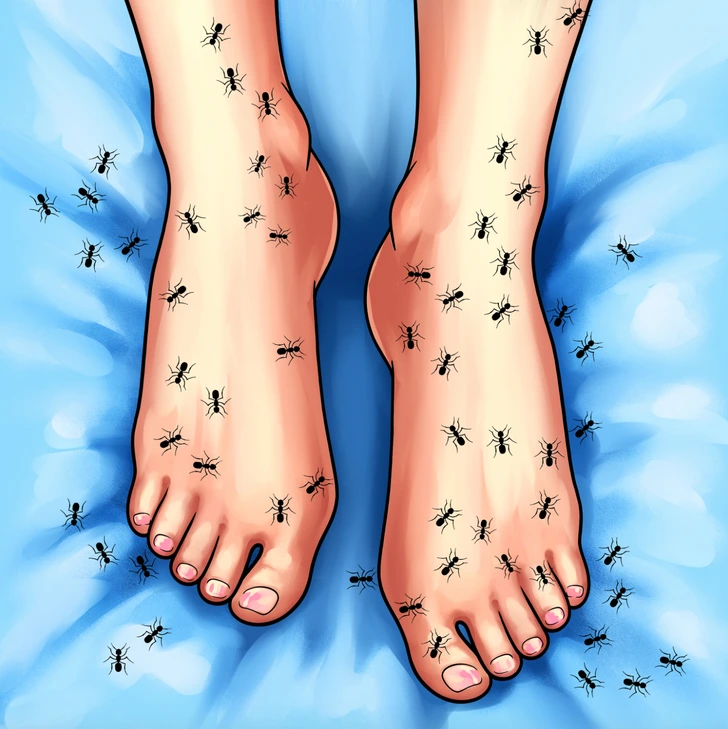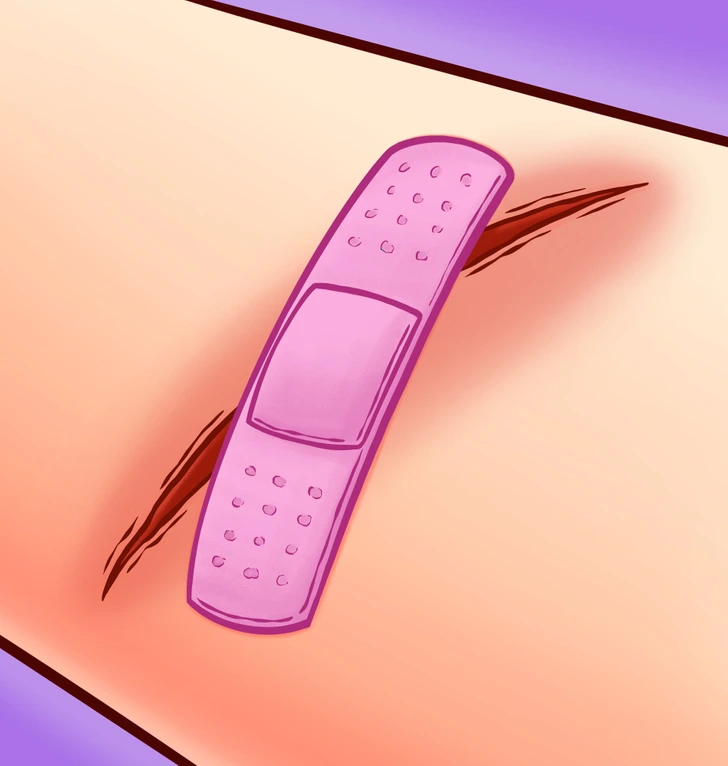Our bodies are constantly sending signals—but the truth is, many of us miss them. One of the most commonly overlooked health conditions is prediabetes, a stage where blood sugar levels are higher than normal but not yet high enough to be diagnosed as type 2 diabetes.

The scary part? Most people don’t even realize they have it.
Prediabetes affects millions of Americans, and while it might not come with the obvious symptoms that diabetes does, your body could still be warning you in ways you haven’t noticed. Here are 10 surprising signs that may point to prediabetes—and what you can do to take control of your health before it’s too late.
What Is Prediabetes?
Prediabetes occurs when your body starts to struggle with insulin resistance, meaning it doesn’t use insulin efficiently. This causes glucose to build up in your bloodstream instead of entering your cells to be used as energy.
Video:
The 10 Key Symptoms of Prediabetes
You might not feel “sick,” but your body is already under pressure—and if you don’t take action, prediabetes can easily progress to full-blown diabetes.
Here are the less obvious symptoms that could be your body’s cry for help.
1. Unexplained Weight Loss

Most people associate diabetes with weight gain, but in some cases, prediabetes can cause sudden and unintentional weight loss. If you’ve lost weight without changing your diet or exercise habits, your body might be struggling to get the energy it needs.
When insulin isn’t working properly, your body can’t use glucose for fuel—so it begins to break down fat and muscle instead. If this sounds familiar, don’t ignore it.
2. Blurred Vision

Vision changes are another subtle warning sign. If your world is starting to look fuzzy or out of focus, it could be due to fluctuating blood sugar levels. High glucose can cause swelling in the eye lens, affecting your ability to see clearly.
When prediabetes is caught early and blood sugar levels are stabilized, vision often returns to normal. Left untreated, however, long-term damage could result in permanent vision loss.
3. Constant Thirst and Frequent Urination

Are you suddenly drinking more water than usual—and running to the bathroom all day and night? This can be a sign that your kidneys are working overtime to get rid of excess glucose.
As sugar spills into your urine, it pulls water along with it, leading to dehydration. That triggers intense thirst, which starts the cycle all over again.
If you’re peeing more than 7–10 times a day and always feel thirsty, it’s time to get your blood sugar checked.
4. Tingling or Numbness in Hands and Feet

That pins-and-needles feeling in your hands or feet isn’t always just poor circulation—it could be the start of nerve damage caused by elevated blood sugar.
Because extremities are furthest from the heart, they’re usually the first to feel the effects. This sensation may come and go or become constant over time. If caught early, blood sugar control can improve circulation and ease discomfort.
Video:
10 Early Signs of Diabetes
5. Persistent Hunger—Even After Eating
Still hungry even after a big meal? That could be a red flag. If your body isn’t processing insulin correctly, your cells are essentially starving for energy—even if your stomach is full.
This can lead to constant cravings and overeating, which may push blood sugar even higher. If your appetite has increased significantly without explanation, it may be time to take a closer look at your glucose levels.
6. Digestive Issues Like Bloating and Constipation

Prediabetes doesn’t just affect your blood sugar—it can also slow your digestive system. High glucose can damage the nerves that help move food through your GI tract, causing constipation, bloating, and excessive gas.
If you’re dealing with chronic digestive discomfort without a known cause, don’t overlook the possibility that it could be related to your blood sugar.
7. Cuts and Wounds That Heal Slowly

When blood sugar is too high, it slows the healing process. This is especially noticeable with cuts, scrapes, and other small wounds—particularly on the feet and legs.
High glucose levels damage blood vessels and reduce oxygen delivery to tissues, making it harder for your body to repair itself. Pay attention if you notice that minor injuries are lingering longer than usual.
8. Bad Breath and a Dry Mouth

Not brushing properly isn’t always the reason for bad breath. In people with prediabetes, dry mouth and gum disease are common due to decreased saliva production and higher sugar levels in oral tissues.
A dry mouth also creates the perfect environment for bacteria, leading to unpleasant breath and increased risk of infections. If your mouth constantly feels dry and you’ve ruled out dehydration, it might be worth exploring blood sugar testing.
9. Dark Patches of Skin Around the Neck, Armpits, or Knuckles

Have you noticed dark, velvety patches on your neck, underarms, or joints? This condition—known as acanthosis nigricans—is often associated with insulin resistance.
It’s not just a cosmetic issue. These skin changes can be one of the first external signs that your body is struggling to regulate blood sugar properly.
10. Recurring Yeast Infections

Yeast thrives in warm, moist, and sugary environments—and high blood sugar provides the perfect fuel. That’s why women with prediabetes often experience repeated yeast infections, especially in areas like the mouth, underarms, or genital region.
If infections keep coming back despite good hygiene and treatment, it’s a good idea to check for underlying causes like elevated glucose levels.
How to Take Control and Reverse Prediabetes
The good news is that prediabetes is reversible. But it requires action. Here’s how to start turning things around:
Eat better. Focus on whole foods like vegetables, lean protein, healthy fats, and whole grains. Cut back on sugar, processed carbs, and high-fat fast food.
Get moving. Aim for 30 to 60 minutes of moderate exercise at least five days a week. Walking, biking, swimming—anything that gets your body active helps improve insulin sensitivity.

Lose weight. Shedding even 5–10% of your body weight can make a major difference in lowering blood sugar and improving overall health.
Stay hydrated. Drinking more water helps flush out excess sugar and keeps your metabolism running efficiently.
Cut back on refined carbs. Replace white bread and sugary snacks with complex carbohydrates like legumes, brown rice, and veggies.
Stop smoking. Smoking raises insulin resistance and increases risk for complications. Quitting today can dramatically improve your chances of reversing prediabetes.
Treat sleep issues. If you snore or have trouble sleeping, ask your doctor about sleep apnea—a common condition linked to insulin resistance.
Seek professional guidance. A registered dietitian or certified diabetes educator can help you develop a sustainable meal and fitness plan.
Consider medication if needed. For some people, doctors may recommend metformin to help lower blood sugar, especially if lifestyle changes aren’t enough.
Final Thoughts
Prediabetes doesn’t always come with loud warnings—but your body might be whispering clues every day. Paying attention to subtle symptoms like fatigue, digestive changes, skin discoloration, and unusual hunger can give you a head start.
The earlier you recognize the signs, the better your chances of turning things around. Don’t wait for a diagnosis to start making changes. Taking small steps now can lead to big health benefits later.


